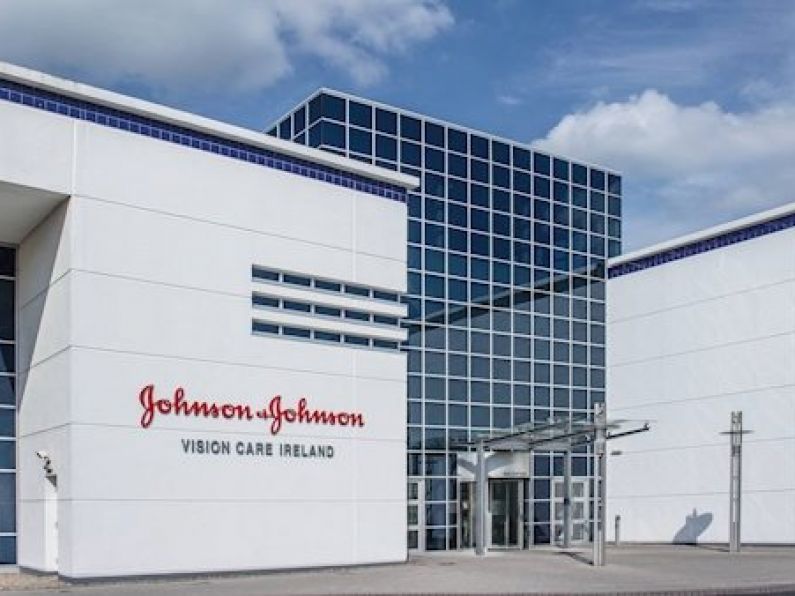Three months ago, Johnson & Johnson (J&J) predicted an ugly 2019 as the healthcare giant faced thousands of consumer lawsuits and pressure in the US on drug prices. But its latest quarterly results suggested the company may have been too pessimistic.
While sales are still being hurt by difficult foreign exchange rates, J&J’s fast-growing pharmaceutical unit helped offset its weaker consumer and medical device lines.
Instead of the zero to 1% annual operational growth the company warned investors about in January, J&J said its first-quarter operating revenue was up 3.9%. .
And chief financial officer Joseph Wolk said that earnings were heavily weighted toward the drug unit.
Mr Wolk said: That gave us greater confidence than we had in January
“Investors were somewhat nervous going into the print given challenges that biopharma companies often face in the first quarter of the year,” said Vamil Divan, an analyst with Credit Suisse.
Another bright spot was the launch of J&J’s nasal spray Spravato, a close chemical cousin of the anaesthetic ketamine that works quickly to alleviate symptoms of depression.
The rollout is “off to a very, very strong start,” Jennifer Taubert, head of the pharmaceutical unit, said on a conference call.
Ms Taubert said there are now as many as 800 sites approved to treat patients with the drug.
While the company is facing a set of legal and business challenges, the drug unit’s results are likely to give some comfort to investors that the worst-case scenario may not come to pass.
Shares of the New Jersey-based firm rose as much as 3.1%. The stock has lagged broader indexes this year, and is up 8.2%, compared with the 16% gain in the US S&P 500.
There are still obstacles ahead. The company faces thousands of lawsuits in which plaintiffs claim they were given cancer by J&J’s talc-based personal care products, and J&J has settled some of the cases.
Those settlements could eventually cost the company as much as $15bn (€13.2bn).
The drugmaker has also been named in hundreds of lawsuits by US cities, counties and states over its role in the US opioid epidemic, and is facing more than 10,000 lawsuits in which patients say they were harmed by a J&J artificial joint.
Bloomberg






